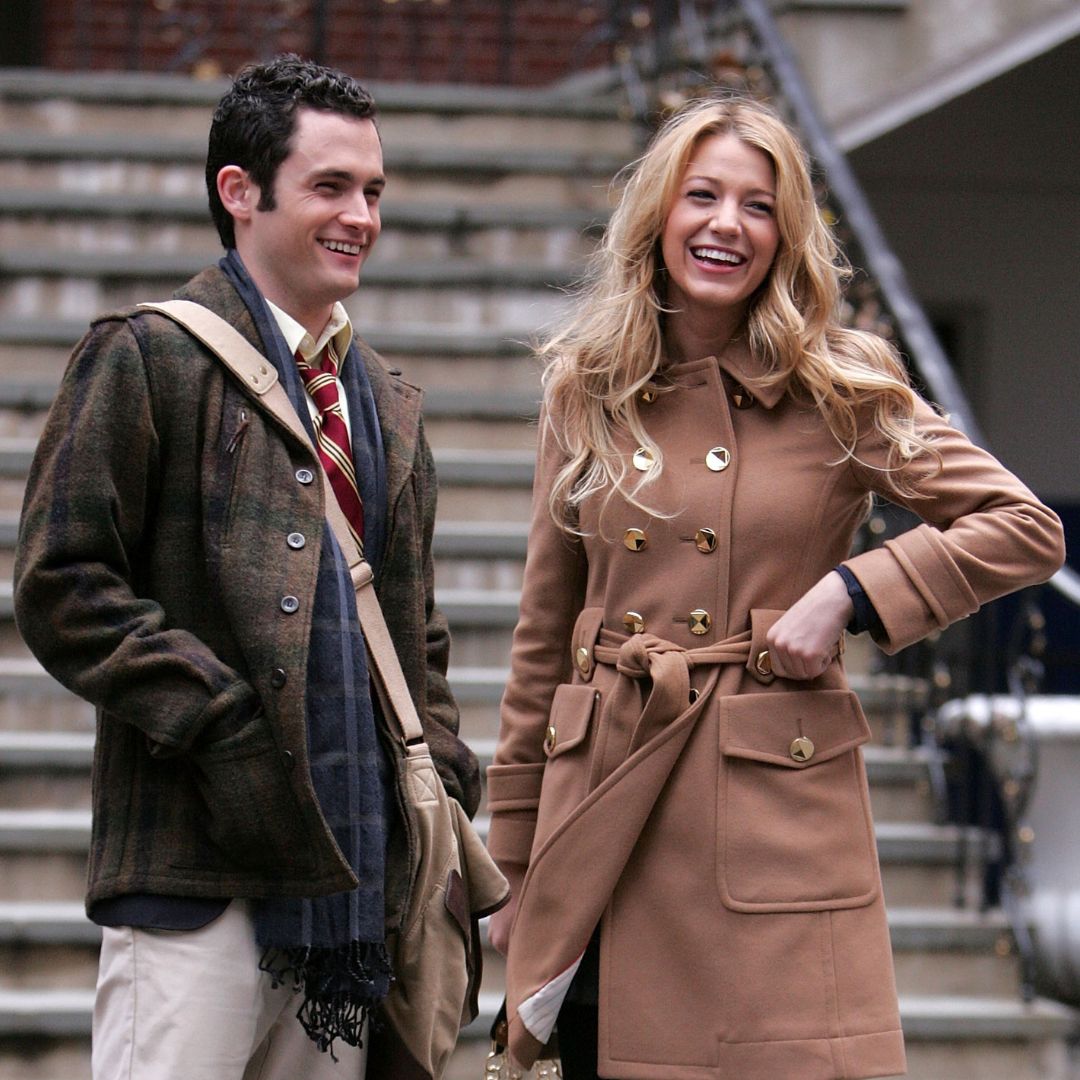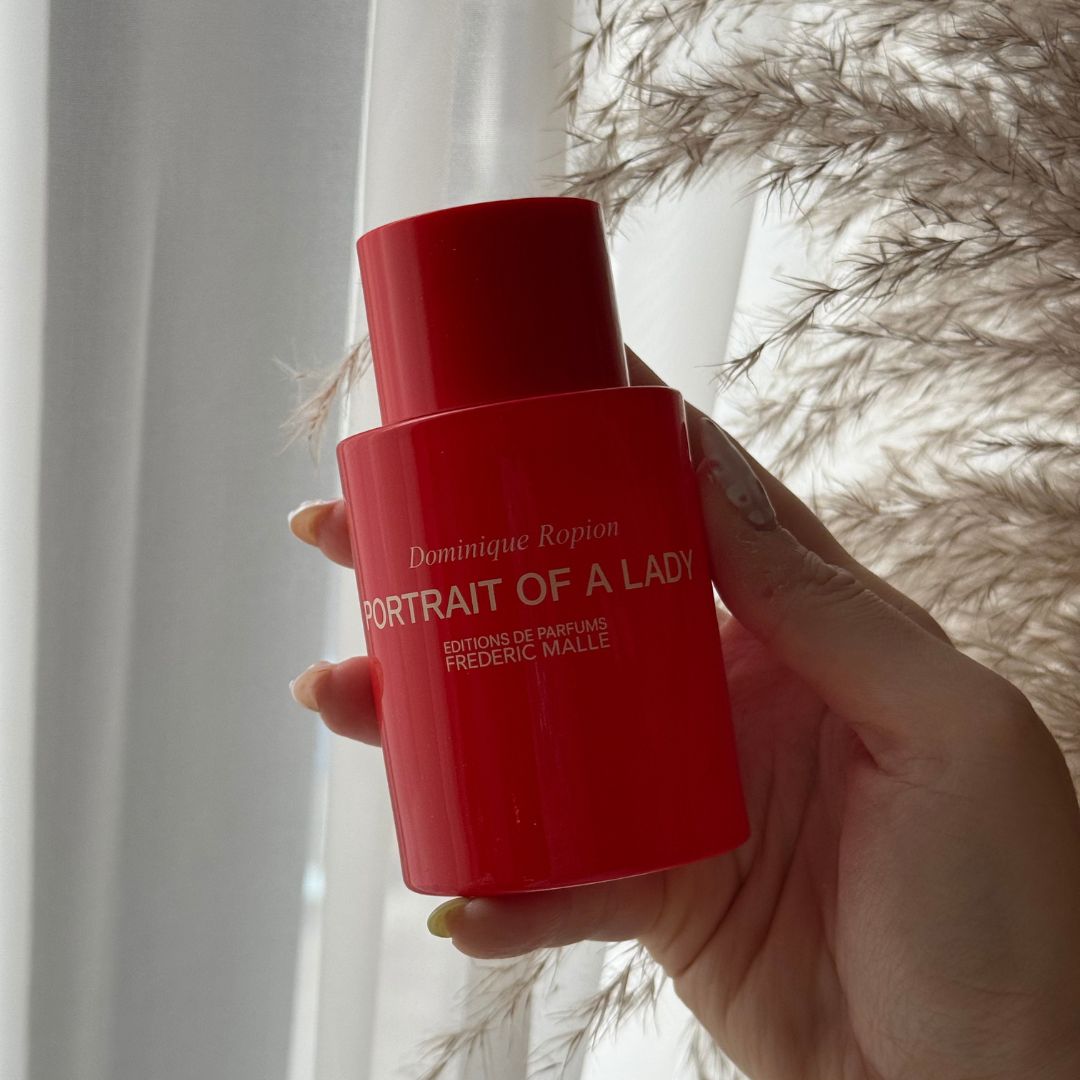How to lighten hair dye if it's gone a bit too dark for your liking
Gone too dark with the old box colour or had unexpected results at the salon? Don't sweat it


Gone too dark with the old box colour or had unexpected results at the salon? Don't sweat it
Maybe you've had an at-home dye disaster, maybe you've not got quite the desired results at the salon. Whatever the reason, if your hair colour has gone too dark, you're here because you want to know how to lighten hair dye.
Fear not, because there are a few different ways that your hair can be lightened if you've been left with the wrong colour. Keep reading for the expert guides to reversing a dye disaster.
What should you do if you’ve dyed your hair too dark?
'I think this may be one of the most common things to happen,' says hairdresser to the stars Paul Edmonds. 'Firstly, lets look at what was the reason it went too dark:
- A colour that was too dark was used
- The colour was left on for too long
- The right colour was used, but it grabbed on to porous mid-lengths and ends
'Once you've answered these questions, at least it shouldn’t happen again. If the root colour is good but the ends are too dark, next time apply colour to the root only, and only take it through the mid lengths and ends if it is too faded, as natural hair is always a bit lighter through the ends.
'Depending on how dark, dark is, it may be best to go straight to a hairdresser where a little balayage can be done to break up the ends and make it look more natural or there are some professional products that remove the artificial pigment without compromising the hair's condition.'
To lighten my own dark hair, colourist Terry at Daniel Galvin London used their Miracle Solution Detox. The treatment adds vibrancy to hair, revives highlights and, as she advised for my case, can actually lift particularly dark dye.
Marie Claire Newsletter
Celebrity news, beauty, fashion advice, and fascinating features, delivered straight to your inbox!
The key ingredient that worked wonders was the vitamin C complex, which is naturally acidic. As per the treatment description, it 'enters the cuticle of the hair, identifies anything that isn’t part of the hair’s natural makeup, and gently removes it, whilst simultaneously closing the hair’s cuticle'.
Can you fix the colour at home?

Of course, you may not be in a position to pay a visit to the hair salon. So, what can be done at home?
'If you have a lot of time (which some of us do at the moment), try using a cleansing detox shampoo like Redken’s Clean Maniac Shampoo, advises master colorist Josh Wood. 'These will help to remove colour build-up and ideally, over time lighten the hair a little.
'Don’t expect drastic change, as it may be a job best to leave to the professionals.' For expert advice, Josh's at home hair colour brand is now offering complementary at-home video consultations, which you can book at joshwoodcolour.com.
Remember that vitamin C we mentioned earlier? 'If the colour isn’t too too dark, you can use organic vitamin C powder mixed with warm water into a paste, then apply to the mid length and ends and massage into the hair for 5-10 minutes,' Paul advises. 'This will take out some of the heaviness from the ends.
'However, it may make the colour warmer as it is showing more of the undercoat that the hair naturally has.'
Of course, the ideal scenario is not to go too dark in the first place. Below Adam Reed, UK Editorial Ambassador for L'Oreal Professionnel, shares his top tips for arranging a successful colour change at the salon. (And when you're done here, be sure to swot up on how to dye your hair at home like a pro.)
How to avoid future dye disasters
Have a consultation with your colourist beforehand
'For me, consultation is always key, firstly to make sure you and your colourist are on the same page when it comes to the end result. But also to have a really transparent conversation about the journey you will need to take to get the end result – images always help!'
Set an aftercare regime
'Colour correction is so specific to the individual and so the at-home care should also be bespoke to the individual too. Setting a regime with your colourist and ensuring a journey of booking in for toners, treatment etc, is very important to help maintain hair health and colour. L'Oréal Professionnel Smartbond is key and I use it with every colour change in my salons, as it protects and strengthens the hair bonds while colouring.'
Communication is key
'If you are worried that your hair colour is not the shade you were hoping for it is paramount to speak to your colourist; communication is vital to ensure a great relationship and ultimately that you are both working towards the same end result. Always have a thorough consultation before every colour appointment to discuss your hair's condition and evolution of colour.'

Lucy is a freelance beauty editor and contributor at Marie Claire, and has also written for titles including Cosmopolitan, Refinery29, Glamour and woman&home. She was previously Marie Claire’s junior beauty editor. During her career, she’s covered everything from backstage beauty at fashion week to interviews with famous faces like Drag Race royalty and Little Mix. As for her beauty ethos, she’s a big advocate for not having to spend a fortune on beauty products to get good results. When she’s not got beauty on the brain you’ll probably find her reading or Netflix-ing.
-
 Penn Badgley and Blake Lively kept their breakup a secret from the Gossip Girl cast and crew - here's what we know about their former relationship
Penn Badgley and Blake Lively kept their breakup a secret from the Gossip Girl cast and crew - here's what we know about their former relationshipBy Jenny Proudfoot
-
 Spring has finally sprung - 6 best outdoor workouts that are totally free and boost both body and mind
Spring has finally sprung - 6 best outdoor workouts that are totally free and boost both body and mindSoak in the nature and boost Vitamin D *and* endorphins.
By Anna Bartter
-
 This iconic rose perfume is a compliment magnet—it makes me feel ‘put together’ after just one spritz
This iconic rose perfume is a compliment magnet—it makes me feel ‘put together’ after just one spritzGrown-up and elegant, yet not at all dated.
By Denise Primbet